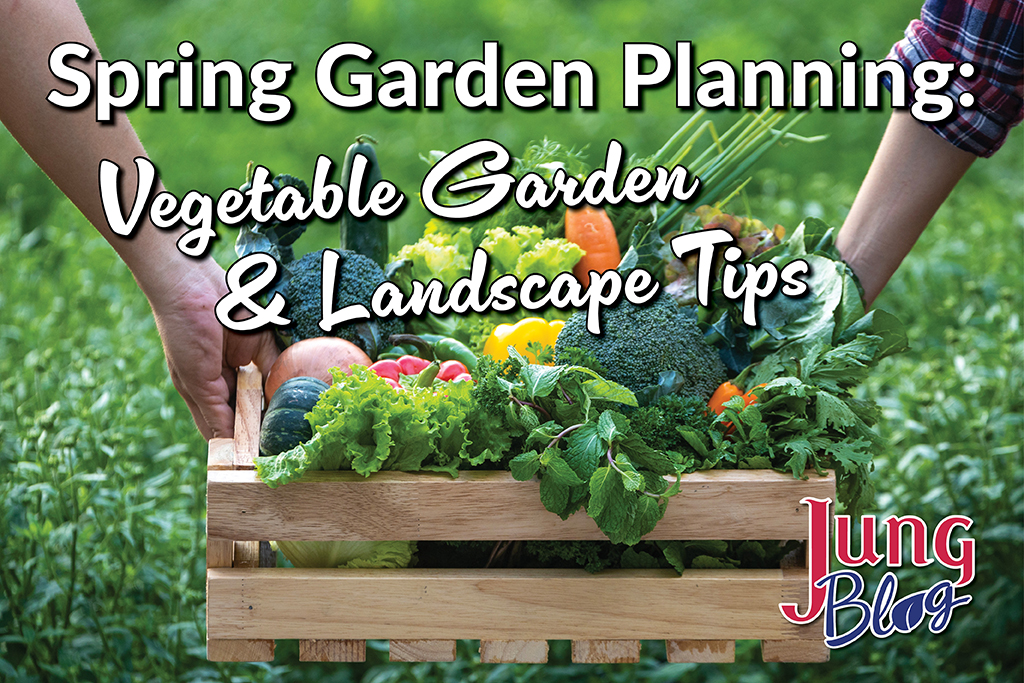
What are your garden plans for spring? Perhaps you’re filling the landscape of a new home or starting your first veggie garden. Today, we’ll look at some tips to make those plantings successful!
Tips For A New Home Garden
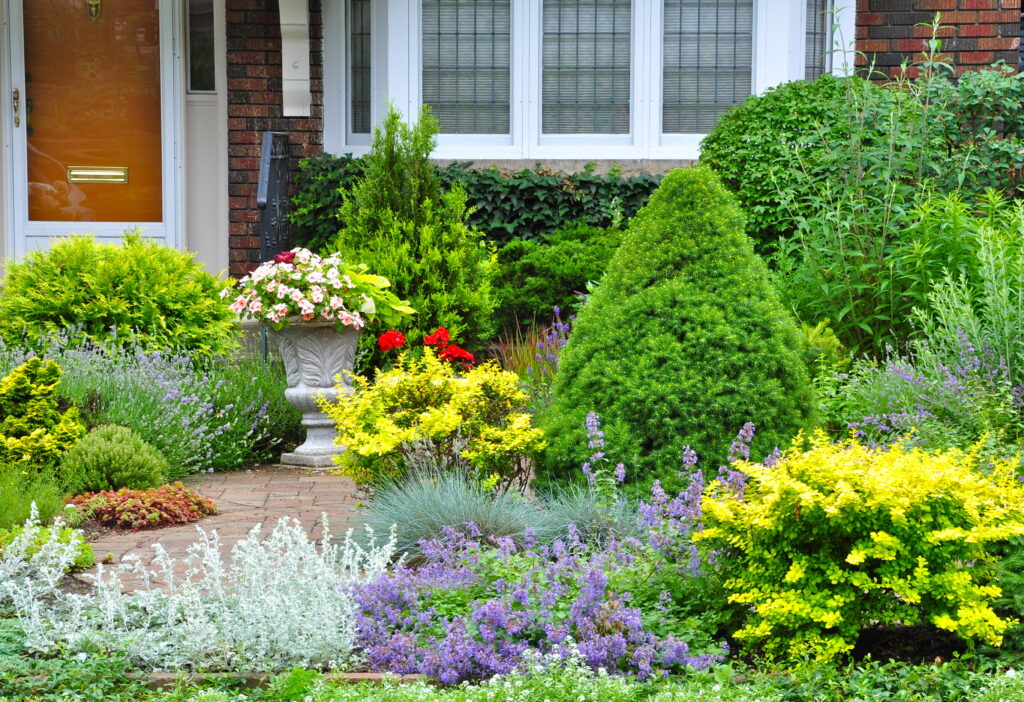
If you’re a new home owner, you might be starting with a clean slate or updating the existing landscape. This allows you to be creative and make the landscape your own. Before you dive in, think about your goals for the property. Almost 20 years ago, my family moved from a wooded lot to a home on the prairie. We missed the forest, so we planted various trees to create a forest in the backyard. Things like pine, spruce, maple, and oak. It took a while to fill in, but those trees have brought so much beauty to the yard. You can add smaller trees for yards with limited space, like crabapple, redbud, or arborvitae.
For a new landscape, much of the design is focused on the home. As you start planning, look for plants that match your site conditions and desires. Many designs focus on the foundation plantings before continuing to other areas of the property. These tips can narrow down ideas for your foundation plantings:
- Draw your plan on graph paper. I’m not an artist, but a simple drawing is a great way to visualize the plan. A few other details to include in the drawing are a compass with the four directions and a scale. The scale can be simple, like 1 square = 1 foot. As you’re looking at plant ideas, write down the dimensions of each plant to decide which plants are the right size for each space.
- How much sun does the foundation receive? In general, a south-facing area will get full sun, while areas that face north get more shade. This can vary if you have any large trees or structures nearby, so keep that in mind. East or west-facing areas will usually get morning or afternoon sun.
- Consider the temperature. The foundation can be the warmest part of a landscape, which is fine for most plants. A few shrubs (Boxwood and yew) like to be sheltered from winter winds and sun, so they do well on a house’s north or east side.
- Always think about spacing. A low-maintenance shrub will be high-maintenance if it’s planted too close to a house or other plants. If you struggle to fit all the plants into your plan, consider expanding the beds.
- Add small trees for color and structure. A hydrangea or dwarf lilac tree is the perfect specimen to add color and height to a foundation or near a patio. You can also add perennials around these trees.
- Choose five perennials for drifts of color. It’s tempting to choose 20 varieties and plant one of each, but your landscape will have more color with a few select varieties. These can be planted in groups of three, five, or more if you have space. Choose plants that bloom at different times to have color all season long.
As you design other areas of the property, consider any future veggie gardens, privacy screens, or landscape beds.
Creating A Patio Garden
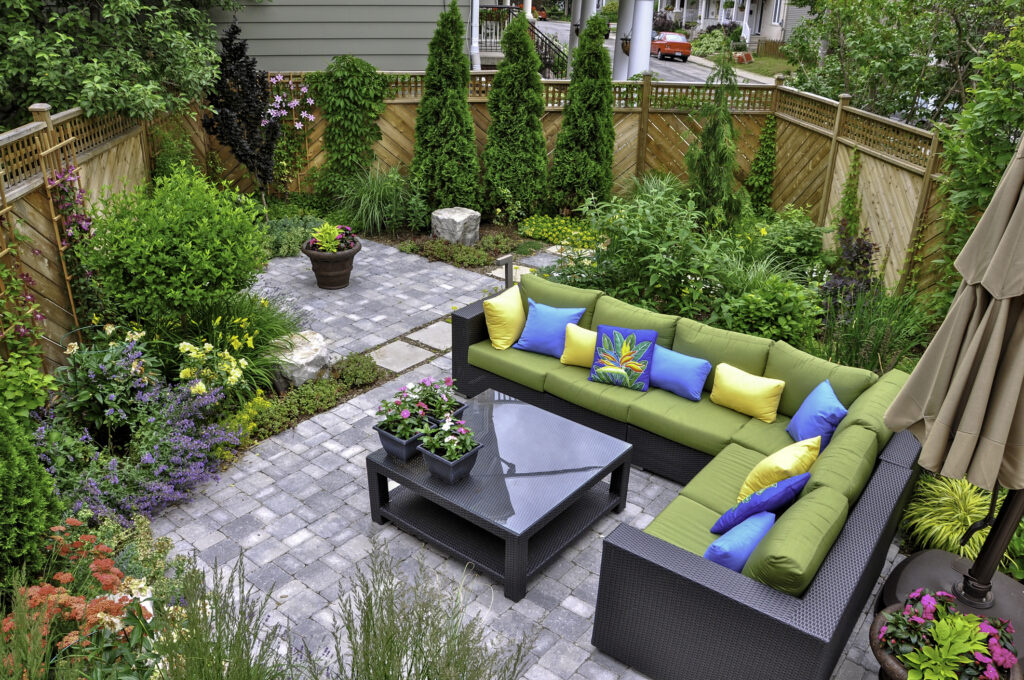
A patio may be smaller, but it also requires fewer plants to make an impact. Whether you’re growing ornamentals or food, there are plenty of options. Use these tips to help you plan your patio for spring:
- Use the right size container for veggies. It’s common to underestimate the root system of veggies, especially tomatoes and peppers. Small varieties of tomatoes can grow well in containers that are 12” wide and tall, but larger varieties should be grown in bigger containers.
- Take advantage of small and large containers for ornamentals. Doing so allows you to maximize your space with groups of plantings.
- Use large containers for specimens. I’ve been using big containers (16 and 20” wide) on my patio to create specimen plantings that stand out. Some favorite plants for these are canna lilies, purple fountain grass, Colocasia, and Tiger Eyes® Sumac. Note: You can reduce the amount of potting mix needed by putting an upside-down nursery container in the bottom of the container before adding potting mix.
- Containers usually need more water. As the season goes on, your containers will likely need water 3-4 times per week. You can test for soil moisture by putting your finger or a pencil in the soil. If the top few inches are dry, it’s time to water. If you’re going on vacation, ask a neighbor to water your plants or bring them inside if possible.
Planning A New Vegetable Garden
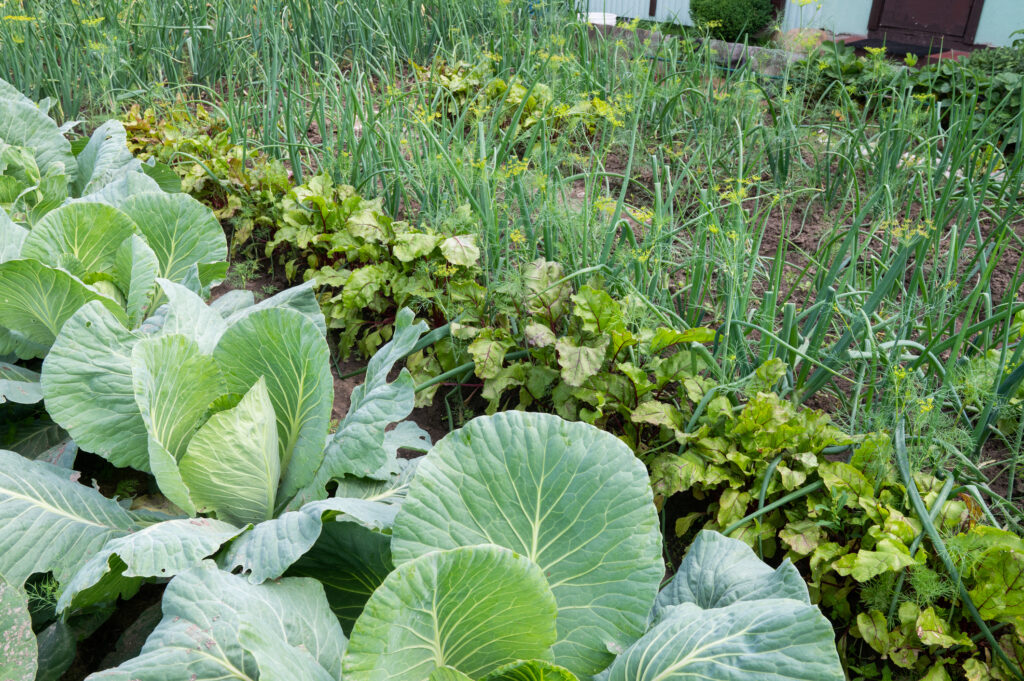
Winter is a great time to browse seed catalogs and dream of your next veggie garden. If you’re new to growing veggies, planning can seem tricky. As you think about spring, consider these tips for creating your first veggie garden:
- Know your site. Consider the growing conditions and distance to your home when choosing a location. When harvest time arrives, a short walk from the kitchen makes it easy to keep up. At the same time, choose a site with plenty of sun since most veggies need full sun (6 or more hours daily).
- Start small. When I planned my first garden, I wanted to grow nearly everything in the catalog. However, I was advised to keep the garden small in the first year, which was wise. From seeds to planting, weeding, and harvest, there’s no shortage of tasks. The first year is a learning year, which is easier to enjoy when you’re not overwhelmed. With a new garden, focus on a few favorite veggies, and don’t be afraid to experiment.
- Test the soil. A soil test helps you measure nutrients while sharing advice to improve your soil based on the results. To learn more about soil testing, contact your local extension office.
- Map your plan. Use graph paper to visualize your ideas for each space.
While these tips focus on new plantings, they can also help you expand your existing garden.
Other Reading Recommendations
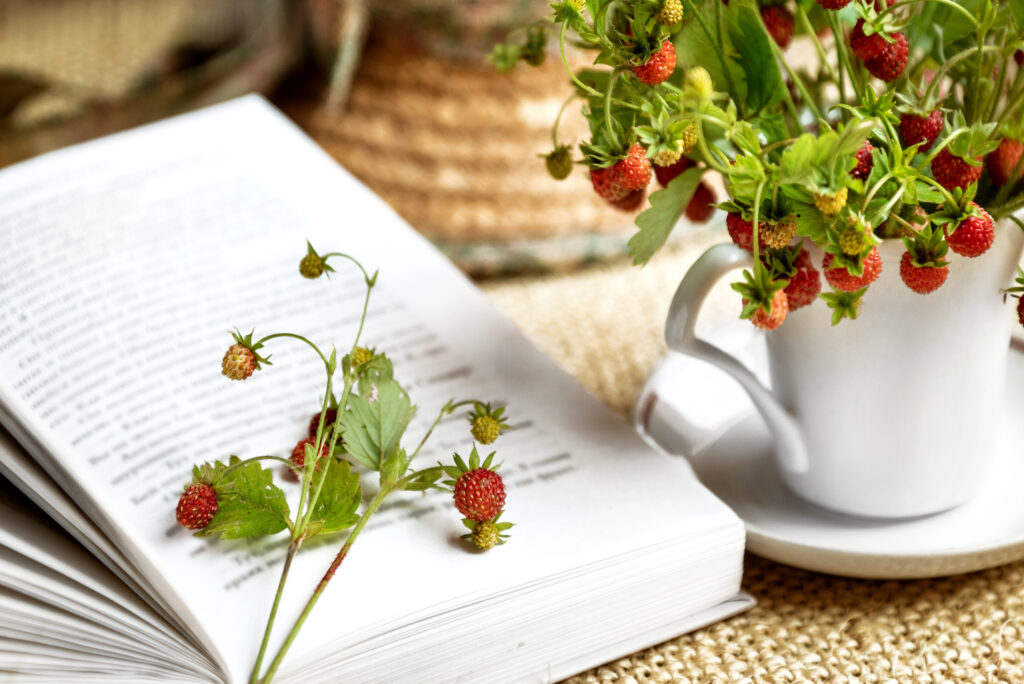
- How To Create A Pizza Garden
- 7 Heart-Healthy Foods You Can Grow
- Easy Ways To Create A Mindful Garden From Scratch
- How To Create A Rain Garden
- Shade Garden Design Ideas
- Create A Cottage Garden

At Jung Seed Co, we strive to be your go-to guide for all your gardening needs. Our YouTube channel The Garden Doctor by Dick Zondag is where he provides gardening tips for all levels of gardeners. When you need reliable gardening advice, turn to the trusted experts at Jung.
View our new catalog online or browse our website for your gardening favorites. To receive info on new products, exclusive deals, and specials, be sure to sign up for our weekly email. Join our Facebook page, to discuss all things gardening!
About the Author: Matthew Olson is a professional horticulturist and garden writer. He has a bachelor’s degree in horticulture from UW-River Falls and is a certified professional with the Minnesota Nursery and Landscape Association. His enthusiasm for plants and the outdoors brought him to the green industry. He regularly writes articles about gardening for both gardeners and industry professionals. He can be reached at matt@mattolsonhorticulture.com.